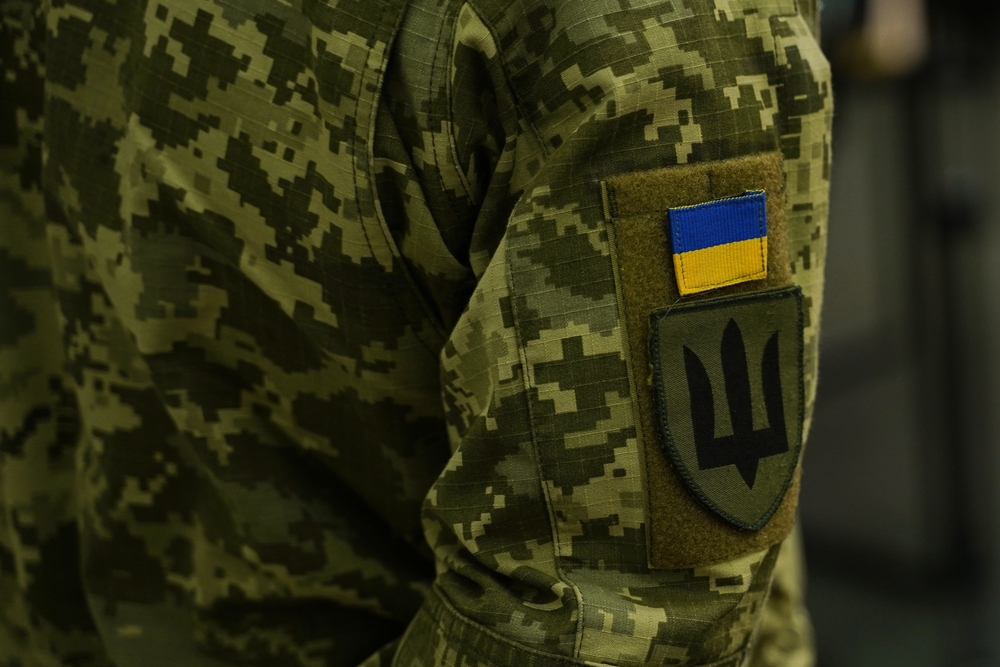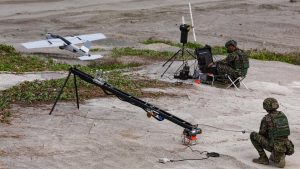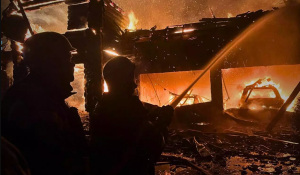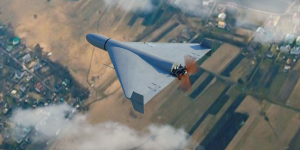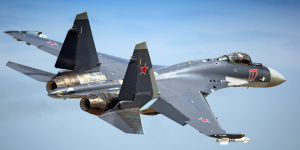Russian forces may experience over 1,000 casualties daily this September.
Others are reading now
Recent reports indicate that Russian forces may experience over 1,000 casualties daily this September, potentially leading to a staggering total of 700,000 Russian fatalities by the year’s end, according to Digi24.
Withdraw From Ukranian Front Line
The conflict remains intense, with the Russian military applying strong pressure in the Donbas region, particularly targeting the town of Pekrovsk.
If Pekrovsk falls, Ukrainian logistics in the area would be severely affected, complicating Ukraine’s ability to maintain its defensive lines. In August, Ukraine launched an ambitious offensive into the Kursk region of Russia, marking the first time Ukrainian troops have invaded and occupied Russian territory since the war began.
This bold move aims to force Moscow to withdraw its forces from the front lines in Ukraine.
Also read
Despite this offensive, the Russian military has managed to maintain pressure on both the Pekrovsk front and Ukrainian positions in Kursk.
Ukraine is More Cautious
The heavy casualties for Russian forces are attributed not only to their role as aggressors but also to a perceived disregard for troop welfare by their military leaders. In contrast, Ukraine has been more cautious about sacrificing its younger male population.
Recent estimates suggest that Russian daily casualties (dead and wounded) increased to approximately 1,187 in August. Since the onset of the invasion in February 2022, Russian military and paramilitary units have reportedly sustained over 610,000 casualties, a number that underscores the severe toll of the conflict.
The British military intelligence service notes that the increased casualty rate is likely linked to Ukraine’s operations in Kursk and ongoing pressure on the Pekrovsk axis. Russian commanders have resorted to human wave tactics, reminiscent of World War I, indicating a lack of combined arms capability and tactical training.
While Russia continues to press forward, its ability to translate tactical successes into broader operational gains remains constrained by its ongoing manpower and equipment deficiencies.

